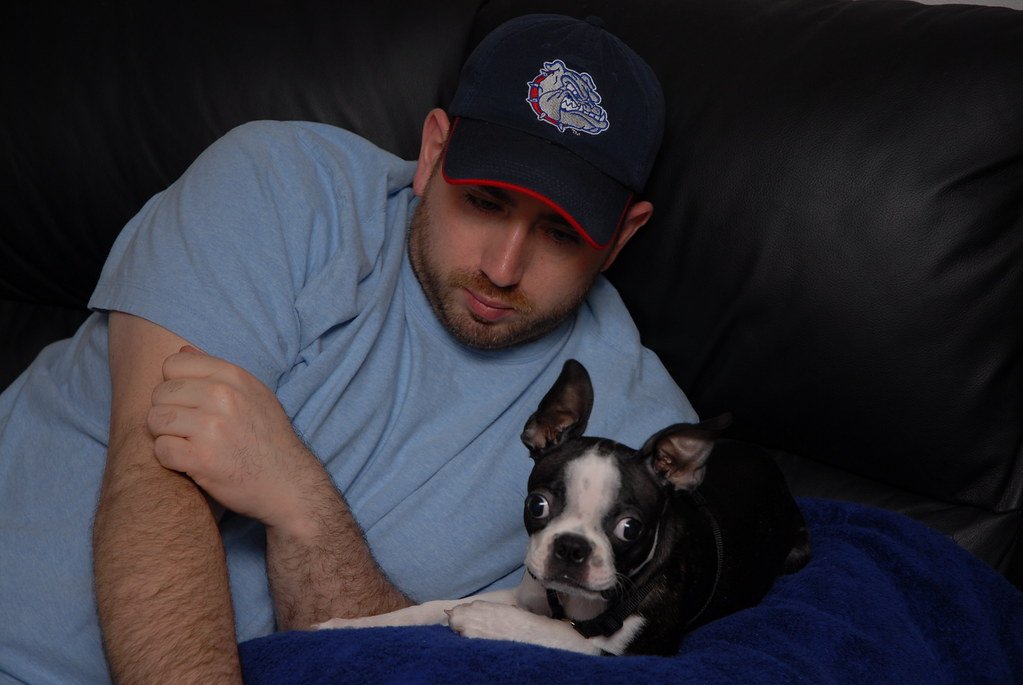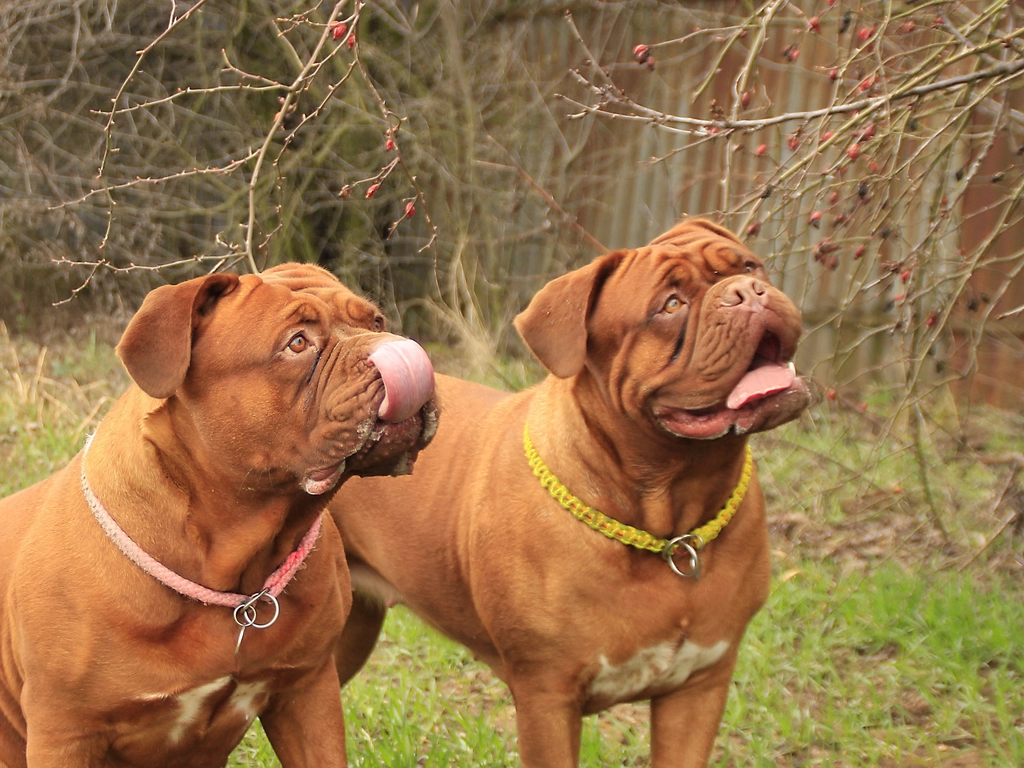Have you ever noticed how your voice can instantly change your dog’s entire demeanor? One moment they’re bouncing off the walls with excitement, and the next they’re melting into a puddle of calm simply because you said something in just the right way. It’s not magic – it’s the incredible power of specific words, delivered with intention and love, that can transform your relationship with your furry companion forever.
The Science Behind Calm Communication

Dogs process human speech differently than we might imagine. Dogs and cats are social animals who can learn easily to respond to many of our words, gestures, and body language cues throughout any given day. Much recent research in canine cognition has highlighted the unique predilection that dogs have in responding to human cues, perhaps due to their extensive history living alongside and even sharing tasks with humans.
What makes this even more fascinating is how your tone impacts meaning. If a word if spoken in a threatening voice, it can come to mean something very much different than the same word spoken in a happy voice. This means the same word can either create anxiety or bring peace, depending entirely on how you deliver it. Understanding this foundation helps us use our voices as powerful tools for connection rather than confusion.
Easy – The Gentle Pause Button

The word “easy” works like a gentle brake pedal for your dog’s excitement. You can say “easy” to calm your furry friend. When your pup is getting overwhelmed during play or walks, this simple word signals them to slow down and take a breath. Think of it as giving your dog permission to dial back the intensity without stopping the fun completely.
You can say “settle” as soon as (or even before) your dog calms down; after he does it reward him with a treat. The key is timing – use “easy” just before your dog reaches their tipping point, not after they’re already completely wound up. Practice this during calm moments first, so when excitement strikes, your dog already knows exactly what you’re asking for.
Settle – Your Dog’s Reset Command

A cue such as “bed” or “settle” can be introduced once your dog is offering the behavior frequently. The beauty of “settle” lies in its simplicity and versatility. Unlike “sit” or “down” which request specific positions, “settle” asks your dog to find their own comfortable way to relax. This gives them agency while still providing clear guidance about what you need from them.
Start teaching this in a quiet room where your dog naturally tends to relax. Teaching “relax” involves waiting for your dog to naturally relax on her own, associating a word with that, and calmly praising her. Teaching “relax” involves waiting for your dog to naturally relax on her own, associating a word with that, and calmly praising her. When you see them beginning to wind down, softly say “settle” and reward them with gentle praise. Soon, they’ll understand that this word means it’s time to find their zen.
Breathe – Teaching Mindfulness to Your Dog

Karen Overall, VMD, PhD, a veterinary behaviorist and Diplomate of the American College of Veterinary Behaviorists (DACVB), has a protocol for teaching a dog to take slow, calming breaths (instead of panting), which helps the dog become calm. Yes, you can actually teach your dog to breathe more mindfully! This might sound unusual, but dogs naturally mirror our energy, and when we model calm breathing, they often follow suit.
Use a slow, drawn-out “breathe” while you demonstrate deep, relaxed breathing yourself. Keep your enthusiasm calm to sustain calm in your dog as well. Keep your enthusiasm calm to sustain calm in your dog as well. Your dog will begin to associate this word with the peaceful feeling that comes from slower, deeper breaths. It’s particularly helpful during thunderstorms or other stressful situations.
Wait – Building Impulse Control

The word “wait” is different from “stay” because it implies a temporary pause rather than a formal position hold. This word teaches your dog that good things come to those who show patience. Whether it’s waiting for their dinner bowl to touch the ground or pausing before rushing out the door, “wait” builds emotional regulation skills that transfer to all areas of your dog’s life.
Start with short waits of just a few seconds, gradually building duration as your dog masters the concept. Gradually build up by a couple of seconds each time over multiple training sessions. The beauty of “wait” is that it doesn’t require your dog to be in a specific position – they just need to pause their current action and check in with you before proceeding.
Gentle – Softening Rough Interactions

“Gentle” becomes your go-to word when your dog needs to dial down their physical intensity. This works beautifully when they’re taking treats too roughly, playing too hard with children, or approaching nervous animals. The word itself has a soft, flowing quality that naturally encourages calmer behavior.
Give cues in gentle, cheerful tones. Practice “gentle” during treat time by only rewarding when your dog takes food softly from your hand. This creates a clear association between the word and the desired behavior. Soon, you’ll be able to use it in various situations where a lighter touch is needed.
That’s It – Marking Perfect Moments

This phrase works as a calm marker that tells your dog they’re doing exactly what you want. Unlike excited praise that might ramp them up again, “that’s it” delivered in a soft, satisfied tone reinforces calm behavior without disrupting it. If you see signs of your dog relaxing, quietly praise her, saying something like “That’s it” or “Good dog.”
Use “that’s it” when you catch your dog naturally exhibiting calm behavior – lying quietly while you work, settling down after play, or showing patience in exciting situations. This phrase becomes a bridge between their natural calm moments and your recognition, strengthening those peaceful states through positive association.
Good Choice – Empowering Decision Making

“Good choice” acknowledges your dog’s decision-making process and reinforces their good judgment. This is particularly powerful because it recognizes your dog as an active participant in your relationship rather than just a follower of commands. When your dog makes a calm decision on their own – like walking away from a distraction or settling down without being asked – “good choice” validates their wisdom.
This phrase builds confidence in anxious dogs and encourages thoughtful behavior in impulsive ones. Training your dog with positive reinforcement techniques can help build their confidence and reduce anxiety. Teach them basic obedience commands and reward good behavior with treats or praise. It transforms training from a series of commands into a collaborative conversation where your dog’s good decisions are celebrated.
Let’s Think – Encouraging Mental Processing

When your dog seems overwhelmed or unsure, “let’s think” gives them permission to pause and process the situation. This phrase works particularly well with reactive dogs who need a moment to assess rather than immediately respond. It’s like offering your dog a mental timeout to collect themselves before making a decision.
Use this phrase in a calm, thoughtful tone when approaching new situations or when your dog seems uncertain. Try to resist telling your dog what to do during training, the aim is for them to learn for themselves to be calm and to relax. This is a form of learning that requires your dog to learn to settle without needing to be asked. Follow up with patience, allowing your dog time to actually process before expecting action.
You’re Safe – Addressing Fear and Anxiety

While if you tell your dog “it’s okay” when you are in the veterinarian’s office or in the middle of a thunderstorm, he will eventually associate the phrase “it’s okay” with a big, bad, terrible thing that is most definitely not okay, the phrase “you’re safe” works differently when used proactively rather than reactively. Use this phrase during calm moments when your dog is actually safe and relaxed, building positive associations with the words themselves.
Anxious dogs benefit from a safe place that they associate with positive things – treats, toys, or undisturbed rest. A dog bed or mat is perfect for this because it’s portable, meaning you can take that safety on the road. Pair “you’re safe” with these secure, comfortable moments so the phrase becomes a genuine comfort rather than empty reassurance during scary times.
Thank You – Recognizing Cooperation

“Thank you” might be the most underutilized phrase in dog training, yet it’s incredibly powerful for building connection. When your dog responds to a request or shows patience, “thank you” acknowledges their cooperation as a gift rather than an expectation. This subtle shift in language recognizes your dog as a willing partner rather than a subordinate.
Use “thank you” in a warm, genuine tone when your dog complies with requests, waits patiently, or shows self-control. Establishing clear conditioned reinforcers can be very helpful in formal and informal training and behavior modification because they serve to mark the moment when we see a response that we like and communicate to the animal that he or she has behaved in a commendable way. This phrase creates an atmosphere of mutual respect that strengthens your bond while encouraging continued cooperation.
Building Your Calm Communication Toolkit

Remember that while dogs can learn multiple cues for the same behavior, it’s easier for your dog if you keep it simple – one verbal cue for one behavior. Consistency in both word choice and delivery tone is crucial for success. Start with one or two phrases and practice them regularly before adding more to your repertoire.
Dogs do not understand any language, but they can get word association. If you practice associating that sound with a specific action, then your pup will respond right. The magic happens when you combine these calming words with consistent body language, patient timing, and genuine intention to communicate rather than command. Your dog will learn to trust not just your words, but the peaceful energy that flows with them, creating a foundation for lifelong calm communication.
These ten little words represent more than just training tools – they’re building blocks for a deeper, more trusting relationship with your canine companion. When used with intention, patience, and love, they transform everyday interactions into opportunities for connection and calm. Have you tried speaking to your dog’s heart as well as their mind?

Linnea is a born and bred Swede but spends as much time as possible in Cape Town, South Africa. This is mainly due to Cape Town’s extraordinary scenery, wildlife, and atmosphere (in other words, because Cape Town is heaven on earth.) That being said, Sweden’s majestic forests forever hold a special place in her heart. Linnea spends as much time as she can close to the ocean collecting sea shells or in the park admiring puppies.






